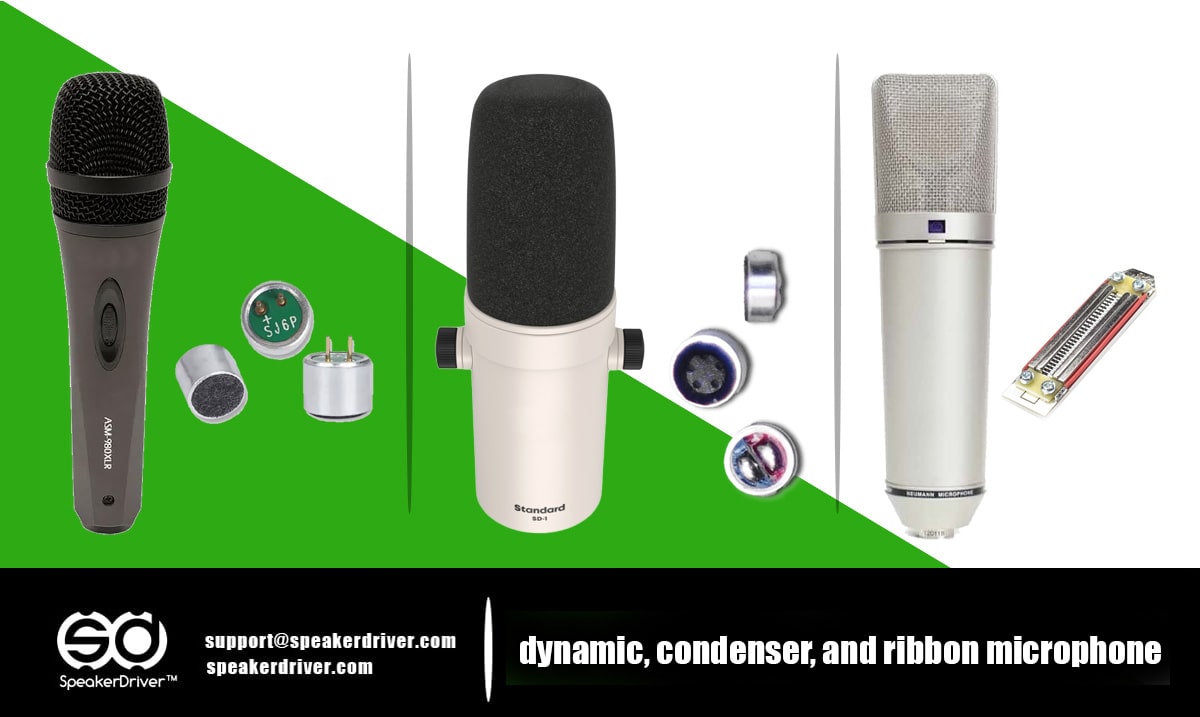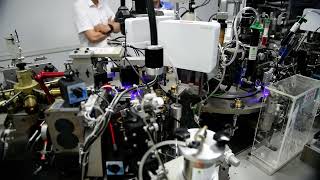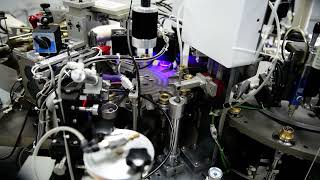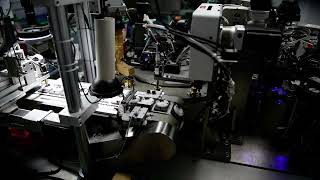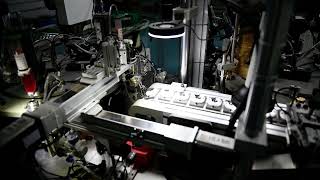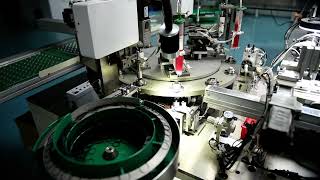Difference Among Dynamic, Condenser, and Ribbon Microphones
Microphones are pivotal in audio capture, each type designed for specific needs and environments. Among the most widely used are dynamic, condenser, and ribbon microphones—each with its unique structure, sound profile, and ideal applications.
Types of Microphones
-
Dynamic Microphones
Dynamic microphones are rugged and versatile, commonly used for live performances and instrument recording. They operate using electromagnetic induction and can handle high sound pressure levels.
- Mechanism: Uses a diaphragm attached to a coil of wire placed within a magnetic field. Sound waves cause the diaphragm to move, generating electrical signals.
-
Characteristics:
- Durability: Highly durable, resistant to moisture and rough handling.
- Sensitivity: Less sensitive compared to condenser mics.
- Sound Profile: Emphasizes midrange and reduces ambient noise.
- Consideration: Preferred for stage use and close-miking loud sound sources like guitar amps or drums.
-
Condenser Microphones
Condenser microphones are known for their detailed and accurate sound reproduction, making them ideal for studio recordings and vocals. They require external power (phantom power) to operate.
- Mechanism: Uses a diaphragm placed close to a charged backplate, forming a capacitor. Sound waves cause diaphragm movement, varying capacitance and generating audio signals.
-
Characteristics:
- Detail: Captures a broad frequency range with great accuracy.
- Sensitivity: Highly sensitive to quiet sounds and room acoustics.
- Frequency Response: Flat and wide, suitable for nuanced audio.
- Consideration: Requires phantom power and careful handling due to fragility.
-
Ribbon Microphones
Ribbon microphones offer a warm, vintage sound that is prized in studio environments. They use a thin metallic ribbon suspended in a magnetic field to detect sound.
- Mechanism: A thin ribbon of metal vibrates within a magnetic field when struck by sound waves, generating voltage.
-
Characteristics:
- Sound Profile: Smooth and natural, especially in midrange and treble frequencies.
- Polar Pattern: Usually bidirectional (figure-8), capturing sound from the front and rear.
- Sensitivity: Delicate and less tolerant of high SPL.
- Consideration: Extremely fragile; best suited for studio use and soft sound sources like strings or vocals.
Microphone Type Comparison
| Microphone Type | Sound Profile | Strengths | Weaknesses | Common Usage |
|---|---|---|---|---|
| Dynamic | Midrange focused, warm tone | Durable, handles high SPL | Limited frequency response | Live vocals, drums, amps |
| Condenser | Detailed, wide frequency capture | High sensitivity, studio clarity | Requires power, fragile | Vocals, acoustic instruments, podcasts |
| Ribbon | Warm, smooth, vintage tone | Natural sound, bidirectional | Very fragile, lower output | Studio vocals, strings, brass |
Conclusion
Choosing the right microphone depends on your application. Dynamic mics excel in live and loud settings, condensers shine in studio environments for detailed recordings, and ribbons offer vintage warmth for refined studio work. Each type brings unique qualities that cater to specific sound needs and scenarios.
"A microphone is more than a tool—it’s the voice of your sound. Choose wisely based on your environment and purpose."
